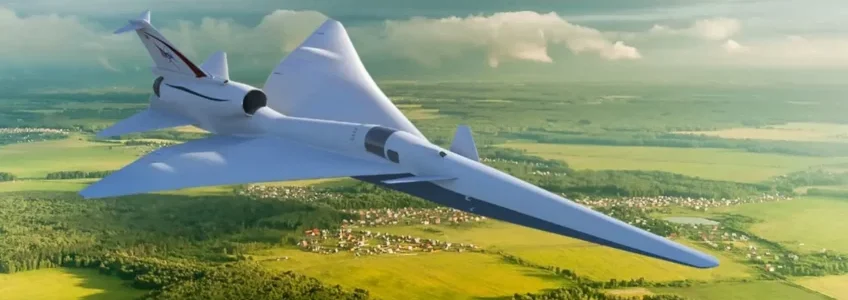Electroplating plays a critical role in the manufacturing processes across various industries. This intricate process involves the deposition of a thin metal layer onto the surface of a substrate, usually to enhance its properties, improve durability, or provide a specific aesthetic appeal. Electroplating is utilised in sectors ranging from automotive and aviation to electronics and energy, demonstrating its versatility and essential contribution to modern engineering.
The global demand for lithium, a critical component in electric vehicle (EV) batteries, continues to soar. In response, researchers have developed an innovative method for lithium extraction that promises to enhance both the efficiency and sustainability of battery recycling. This breakthrough could significantly impact various sectors, including automotive, aviation, and energy.
Hypersonic aircraft represent the pinnacle of aerospace innovation, where speed exceeds Mach 5, propelling aviation into the future. Recent breakthroughs in controlling these aircraft using light-based technology are paving the way for safer and more efficient travel at unprecedented speeds. Optical sensor technology is becoming an integral part of hypersonic aircraft, providing crucial data for flight control and ensuring passenger safety.
Revolutionising Sustainable Air Travel
In a groundbreaking advancement for sustainable air travel, Sirius Aviation AG has unveiled the world’s first hydrogen-electric eVTOL. This state-of-the-art aircraft, revealed at the MOVE Expo in London, promises to redefine the way we think about air travel, blending cutting-edge technology with environmental consciousness.
The aerospace engineering field is at the forefront of technological innovation, constantly evolving to meet the demands of modern aviation and space exploration. In recent years, artificial intelligence (AI) and robotics have emerged as pivotal technologies, revolutionising various aspects of aerospace engineering. This article explores how AI and robotics are transforming the industry, enhancing efficiency, precision, and safety.
Considering the precision required in aerospace design, integrating cutting-edge materials and protective coatings for aircraft stands as a pillar in advancing modern designs. These technologies not only enhance aircraft performance and safety but also contribute significantly to the sustainability goals of the industry. In this article, you will gain a better understanding of the significant role of protective coatings for aircraft manufacturing, offering insights into their benefits and applications.
Boosting Energy Efficiency with the Internet of Things
The integration of the Internet of Things (IoT) into the fabric of engineering is more than just a technological leap; it’s a necessary evolution towards sustainability. When we talk about the role of Internet of Things in sustainable engineering, we’re delving into a world where innovation meets responsibility, where every byte of data and every connected device plays a part in shaping a greener future.
The aeronautics industry is soaring towards unparalleled heights, constantly evolving with innovations that not only break barriers but also reimagine the very essence of flight. One such game-changing development comes from Bristol-based Aeralis, a company that has not just launched a new aircraft, but rather a revolutionary modular jet concept that’s set to redefine the aviation landscape.
The dawn of a new era in aviation is on the horizon. One that promises the thrills of supersonic flight, but without those deafening sonic booms. How, you ask? Enter the X-59 QueSST supersonic jet, an experimental marvel from NASA.











Recent Comments